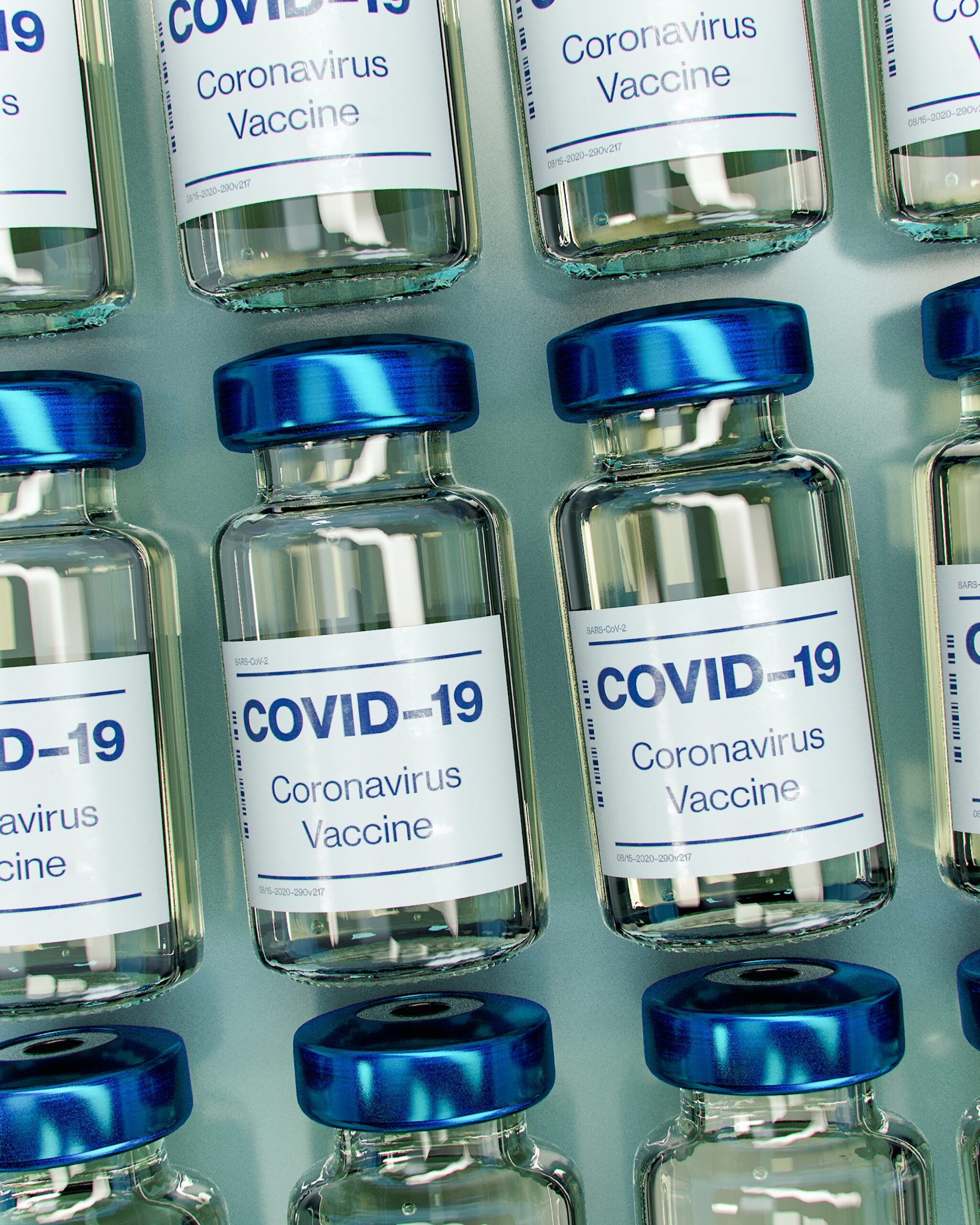
The COVID-19 vaccine rollout is underway, amid difficult delays. But as the Australian Government continues the next phases of vaccine delivery, they have been faced with challenging technical issues. Just hours after the Department of Health released its vaccine eligibility checker, multiple users said that they received error messages when attempting to make a booking.
MyGov struggled to keep up with demand at the height of the pandemic in March last year when they were faced with similar website crashes. These continued outages should be a red flag to government agencies — if the technology is broken, it needs to be replaced. It’s also vital that the Australian public is informed through automated alerts, and that the lines of communication are continually open.
Clear, 24/7 communications
Government agencies have the means to communicate with citizens, but need to ensure that this outreach is automated. It can be complex having to manage a wide range of communication channels, from traditional post to email, SMS and in-app messaging, but the right technology solution can manage this and automate communication efficiently.
By having reliable, timely messaging regarding any changes in scheduling or service delivery delays, the Australian community will continue to feel connected to the government at all times. This makes it much more likely that a seamless user experience can be achieved and it also builds trust, which is critical for encouraging people to participate in vaccination programs.
Simplify sign-ups
While the rollout of the COVID-19 vaccine is a Department of Health initiative, there are many internal and external stakeholders involved. Such a project provides an excellent opportunity for stakeholders — such as GP clinics and government agencies — to collaborate and simplify the sign-up process.
One of the challenges of government services is that various departments and agencies have traditionally used a range of different sites and apps. The federal government has brought various services together under the banner of MyGov, such as Centrelink, Medicare and the ATO. But not everyone has log-ins for these yet. Other apps may only be state based, such as Service NSW. The Service NSW app has been very successful, having now been downloaded four million times, representing 75% of the NSW adult population. But there hasn’t been equivalent success in every other state. Finding a way to link all these disparate contact points to a central sign-up database is crucial, even if this is done state by state rather than nationally.
For sign-up to be successful, it also has to be a simple process. This includes making it accessible for people whose first language may not be English. It’s also vital that any sign-up process can cope with uneven spikes in demand. Multiple sites and apps, not just government sites, crash immediately after going live due to a rush of visitors. Planning extra capacity for the first hours and days is crucial, as is real-time monitoring to avoid any problems cropping up.
Dashboards to detect issues
The COVID-19 pandemic proved a fertile breeding ground for cybercrime, and regrettably — if not surprisingly — vaccination programs have also been attacked by cybercriminals. The Australian Competition and Consumer Commission’s Scam Watch has been notified of over 6415 scams since the COVID-19 outbreak last year, with multiple phishing texts and emails being sent by criminals impersonating the Australian Government.
One of the biggest problems for government agencies across the globe is cyber espionage to steal data and deliberately disrupt vaccination programs. According to US security experts, many pharmaceutical companies, vaccine researchers and organisations involved in vaccine storage and transport have all been targeted by multiple cyber-espionage groups in recent months.
To immediately detect suspicious activity, tech teams must have visibility across an entire technology stack in real time. Creating dashboards via an observability platform allows these groups to grasp the size and scale of the technology landscape. It can be used to display alerts and point to when and where problems are happening.
Vaccinating over 20 million people is far from an easy task. But if government agencies are experiencing issues with their technology providers, they must look to alternative suppliers who can provide a robust, secure and reliable service. Then, they can truly focus on the practical challenges of logistics and education that’s needed to support a successful vaccination rollout.
Sharryn Napier is the Regional Vice President for Australia and New Zealand at New Relic. With over 20 years of experience in the IT industry, she has worked in senior leadership roles at Qlik, Serena Software and CA Technologies.
This article was first published by Gov Tech Review
